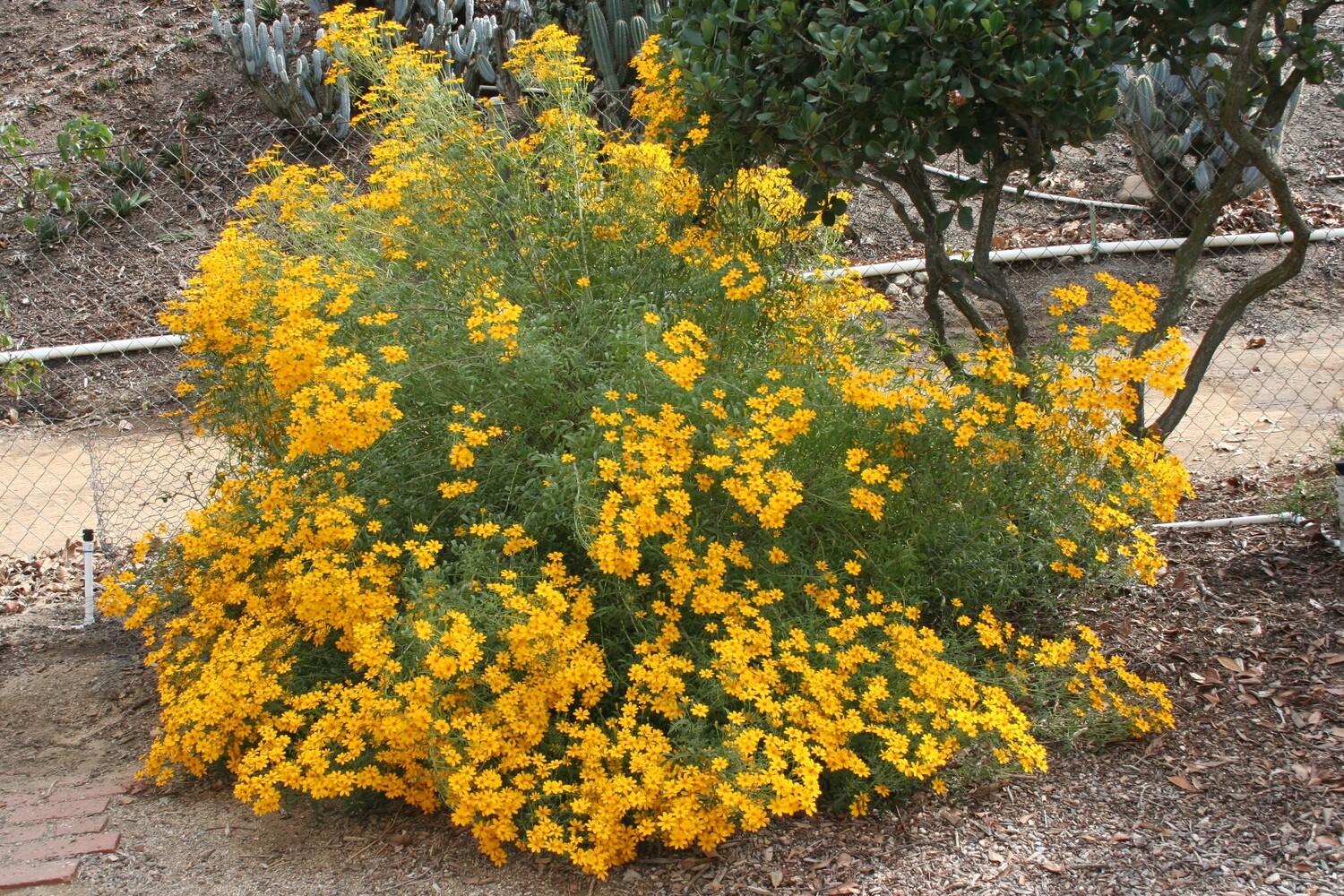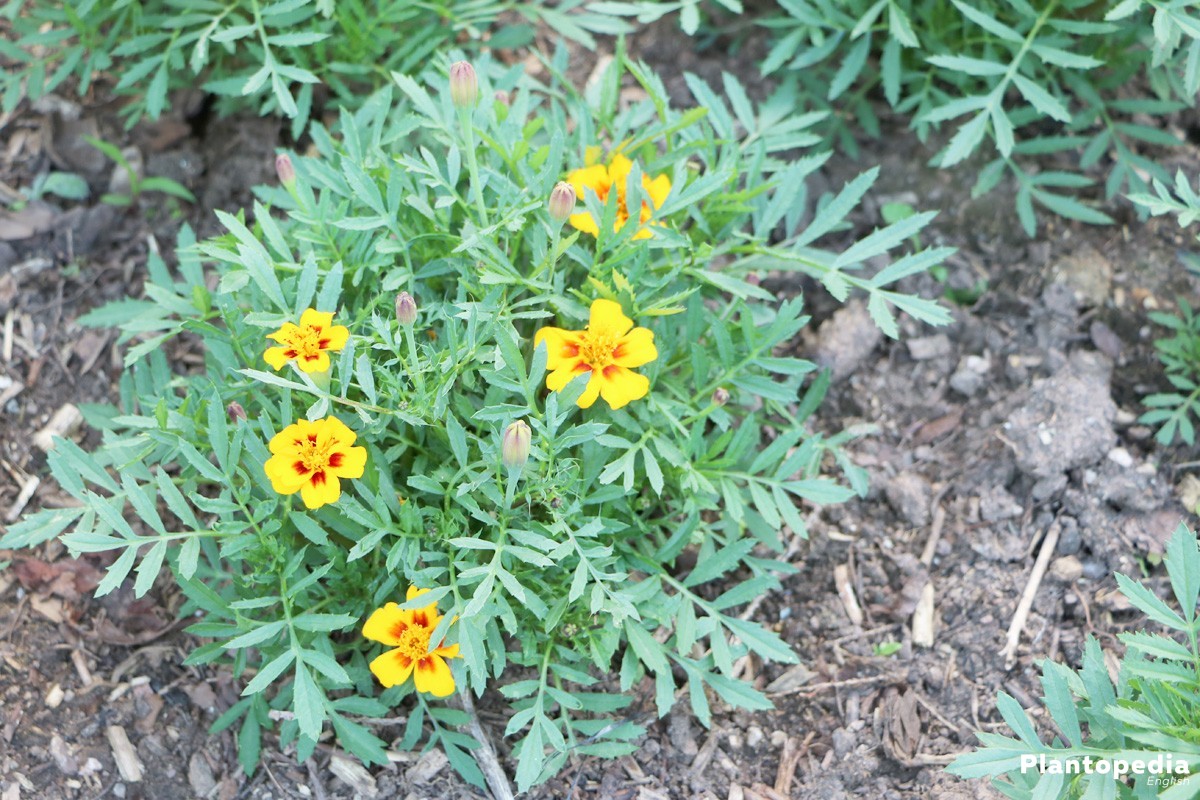Tagetes, commonly known as marigolds, are a genus of flowering plants belonging to the Asteraceae family. Renowned for their vibrant hues and distinctive aroma, these plants have captivated gardeners and herbalists alike for centuries. Native to the Americas, marigolds have spread across the globe, becoming popular for their ornamental value, medicinal properties, and culinary uses.

The history of Tagetes is deeply intertwined with the cultures of ancient civilizations. The Aztecs, for example, revered marigolds as sacred flowers, associating them with the sun god, Huitzilopochtli. They used marigolds in religious ceremonies, medicinal practices, and culinary preparations. The Spaniards introduced marigolds to Europe in the 16th century, where they quickly gained popularity as ornamental plants and herbal remedies.
The Tagetes genus boasts a wide array of species, each with its unique characteristics. Some of the most popular species include:

Characteristics: This species is characterized by its large, spherical flower heads, which can range in color from golden yellow to deep orange. It is a popular choice for bedding plants and cut flowers.
Characteristics: French marigolds are known for their smaller, more compact flower heads, which often feature contrasting colors and patterns. They are available in a wide range of hues, including yellow, orange, red, and brown.

Characteristics: Signet marigolds are delicate plants with finely dissected leaves and small, daisy-like flowers. They are available in a variety of colors, including yellow, orange, and white.
Marigolds are relatively easy to grow and thrive in a variety of conditions. Here are some tips for cultivating these beautiful plants:

Timing: Marigolds can be sown directly in the garden after the last frost or started indoors several weeks before the last frost.
Watering: Water marigolds regularly, especially during dry periods. However, avoid overwatering, as this can lead to root rot.

Marigolds are generally resistant to pests and diseases. However, they can be susceptible to fungal diseases, such as powdery mildew and botrytis blight, in humid conditions. To prevent these problems, ensure good air circulation around the plants and avoid overhead watering.
Marigolds have a long history of use in traditional medicine. They are believed to have anti-inflammatory, antimicrobial, and antioxidant properties. Some of the common medicinal uses of marigolds include:
Topical applications: Marigold ointments and creams are used to treat skin conditions such as eczema, psoriasis, and wounds.
Marigolds are also used in various culinary applications. The flowers and leaves of some species can be added to salads, soups, and stews. Marigold petals can also be used to make herbal teas and tinctures.
Tagetes, with their vibrant colors, delightful fragrance, and versatile uses, have earned a special place in the hearts of gardeners and herbalists worldwide. Whether you are looking to add a splash of color to your garden, reap the benefits of their medicinal properties, or explore their culinary potential, marigolds are sure to impress.
Tagetes Plant
